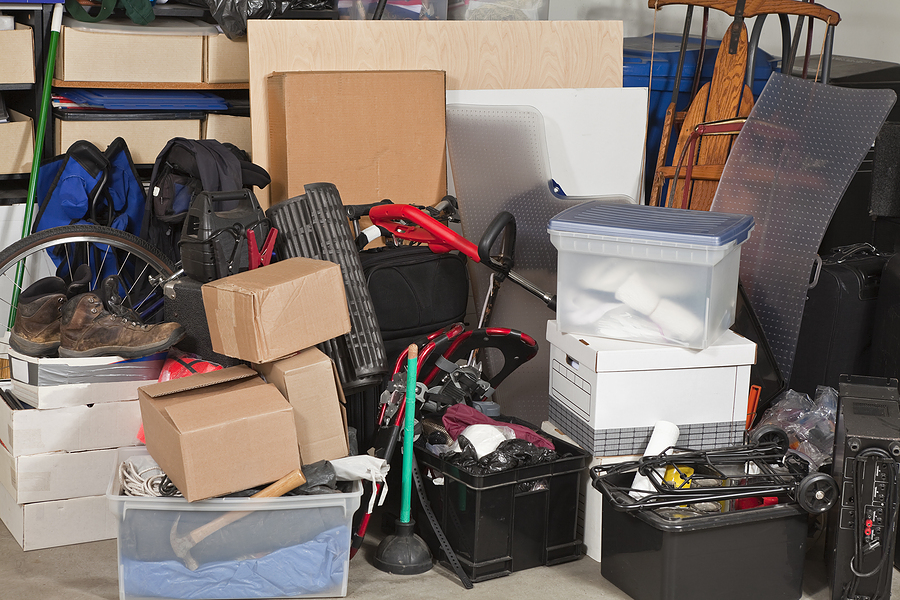Hoarding – an often undiagnosed mental illness
By Catherine Walker
Collecting and hoarding are very different. Collecting is a practice where people gather collections of objects which are in some way considered interesting or valuable. Hoarding is characterised by the following:
-
 Excessive clutter that precludes activities for which the living space was designed
Excessive clutter that precludes activities for which the living space was designed - The acquisition of and failure to discard a large number of possessions
- Significant distress or impairment in functioning caused by the hoarding
There was a very interesting article on ‘hoarding’ in the Psychiatric Times last week which brought this condition into the spotlight. It says that hoarding has broad-reaching implications, including a substantial public health burden linked to occupational impairment, poor physical health and demand or social services.
The effects of hoarding not only have implications of burden to the community but also strains family dynamics. Considerable distress, hostility, rejection and frustration area not uncommon.
What is already known about hoarding?
Significant hoarding affects between 6 million and 15 million persons in the United States, according to recent epidemiological studies, occurring at twice the rate of obsessive-compulsive disorder (OCD) and at 4 times the rate of bipolar disorder and schizophrenia. It appears that hoarding is accompanied by high rates of comorbidity. A number of self-report and clinician-administered hoarding-specific measures aid in the assessment of symptoms and severity. Treatment for hoarding is guided by a cognitive-behavioural therapy (CBT) approach.
To date, hoarding has been considered to be a subtype of OCD, although there is emerging evidence that there are more differences than similarities. Hoarding is being considered for inclusion in DSM-5 as a stand-alone disorder.
The provisional criteria for hoarding disorder has been proposed and will require further study. A recent study has examined the largest sample of participants to date. This study confirms major depressive disorder was a most frequently occurring comorbid condition (more than 50%).
The implications for people who hoard may include work impairment, eviction or threat of eviction and can lead to having a child or elder taken from their home. In general people who hoard do not seek treatment until after the age of 40 even though hoarding commonly begins in early teenage years. Those who hoard tend to live alone and may have a family member with the problem.
America is taking this condition very seriously with many past and current studies into hoarding as a disorder. The prevalence of clinically significant hoarding in the general population ranges from 2% to 5% and between 6 million and 15 million people in the U.S. are affected. This is according to recent epidemiological studies. Hoarding appears to affect more men than women although women are more likely to participate in research and to seek treatment.
Hoarding is a significant psychiatric problem that occurs at twice the rate of obsessive-compulsive disorder and at almost 4 times the rate of bipolar disorder and schizophrenia. It has also been linked with impulse control disorders and appears to have high comorbid rates of major depressive disorder, social anxiety disorder, generalized anxiety disorder and ADHD.





